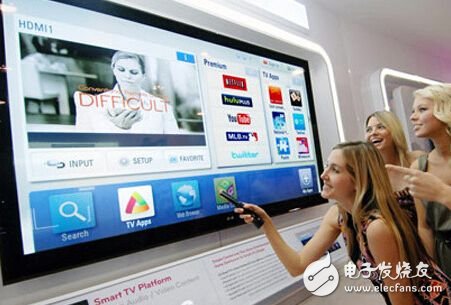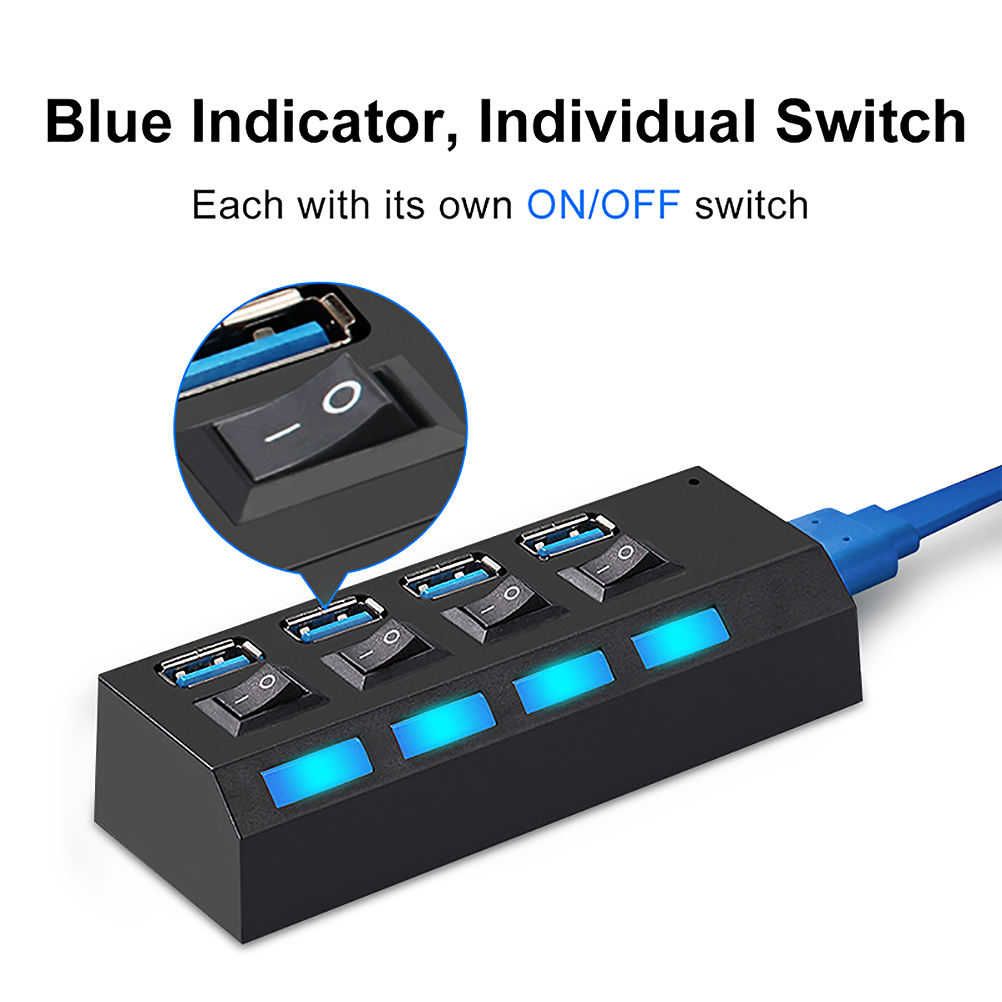Artificial intelligence has become a hot spot in the color TV market
Artificial intelligence has become a hot spot in the color TV market. Although artificial intelligence TVs are everywhere, there are actually some fakes. There is still a big gap between true artificial intelligence. In addition, the “soft fault†that emerged after the intelligence has become a new after-sales blind spot.

Quantum dots, OLED, HDR, ultra high definition, wide color gamut, artificial intelligence and other technologies have been widely used in the color TV industry. In particular, artificial intelligence TVs have been frequently used in various media since 2017. According to the monitoring data of Avi Cloud (AVC), the number of artificial smart TV products in the new TV models listed in 2017 is up. 23%, artificial intelligence TV is becoming the next technology hotspot in the color TV market.
The reporter randomly searched for "artificial intelligence TV" on a online shopping platform, and the result was as many as 180 models. However, are all TVs with the “Artificial Intelligence†label an artificial intelligence TV? A closer look reveals that some can only achieve simple voice interaction and lack the ability of "cognitive-judgment-decision" unique to artificial intelligence.
In July 2017, the professional organization conducted voice recognition and intelligent testing on the artificial TV of the color TV brand in the market. The results show that in terms of speech recognition, the overall accuracy is higher, but some of the prototypes do not reach 95% accuracy, and the recognition time level is also uneven. The long time can be close to 5 seconds, and the short is only about 2 seconds. Although there is a big improvement in intelligence, there is still a certain gap from the real artificial intelligence TV. In terms of language, the recognition accuracy of various TV dialects needs to be improved.
"The application of artificial intelligence technology in color TV products should take into account many factors such as the elderly, children and dialects, otherwise the innovative function is likely to become a chicken rib." Industry insiders suggest that the launch of new technologies and new products must pay attention to the user experience; Pay attention to the moderate propaganda of the market, avoid the advance of overdraft technology hotspots; increase the attention to product ease of use (for the elderly, children groups) in product design.
"Soft fault" becomes a blind spot after sale, and the virtual standard phenomenon still exists.The artificial intelligence of color TV is undoubtedly a strong boost for the market, and it is also attractive to consumers to purchase new products. However, after the purchase, new problems will arise.
Some time ago, the survey report released by the China Electronics Chamber of Commerce showed that the current smart TV penetration rate exceeded 80% (including artificial intelligence TV), while the smart TV appeared software updates, intelligent interaction, APP stuck, poisoning, content update, etc. The fault can be called “soft faultâ€. Due to the lack of defined standards, complicated operation, and unprofessional after-sales personnel, it becomes a new blind spot for after-sales service.
Some experts say that artificial intelligence TVs should be able to have more adaptive, self-learning and self-growth characteristics than smart TVs. At present, the artificial intelligence TV market is more confusing. Once there is a soft fault problem such as low speech recognition rate and poor intelligent experience, consumers will have no complaints, so it is urgent to introduce relevant regulations in the industry to make the "soft fault" rights change. There is evidence to rely on.
In addition, although consumers do their homework before purchasing, they will fall into the trap of product falsification. Product virtual standards are mainly manifested in: resolution shrinkage, exaggerated response time, virtual target viewing angle and other issues. Taking the resolution as an example, some color TV products are marked with 4K, and the actual resolution is only 2.8K, which can not be judged by the naked eye, which brings difficulty to the rights protection.
USB 2.0 Hub
Another version of USB HUB.When comparing 2.0 and 3.0 there are a few major differences. First the transfer rates: USB 2.0 offers transfer rates of 480 Mbps and USB 3.0 offers transfer rates of 4.8 Gbps - that's 10 times faster. Note that the transfer speeds also depend on the device in use in addition to the bus type and USB ports and cables.

USB 2.0 Hub,Macbook Usb Hub,Macbook Pro Hub,Hub for Laptop
Pogo Technology International Ltd , https://www.wisesir.net